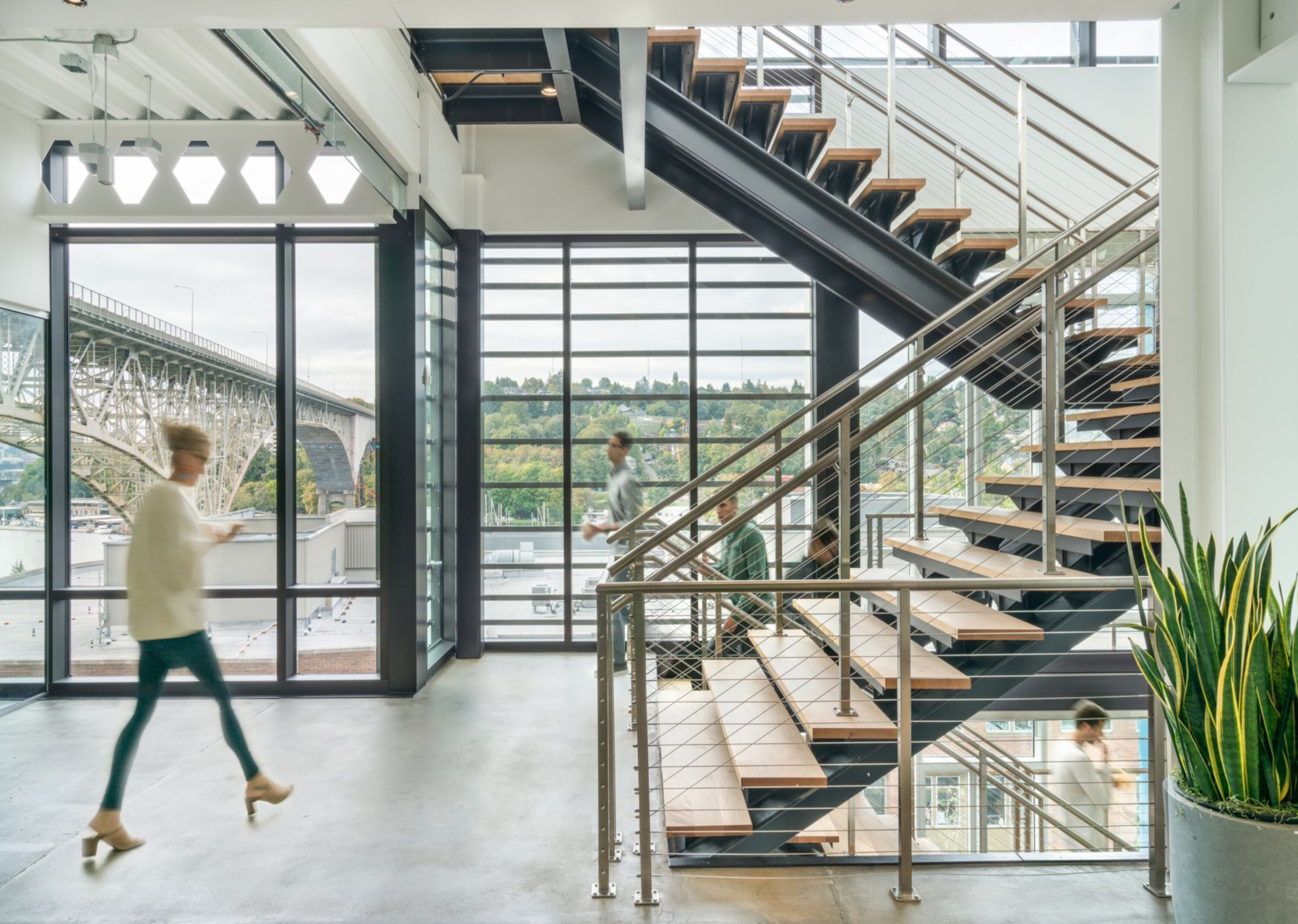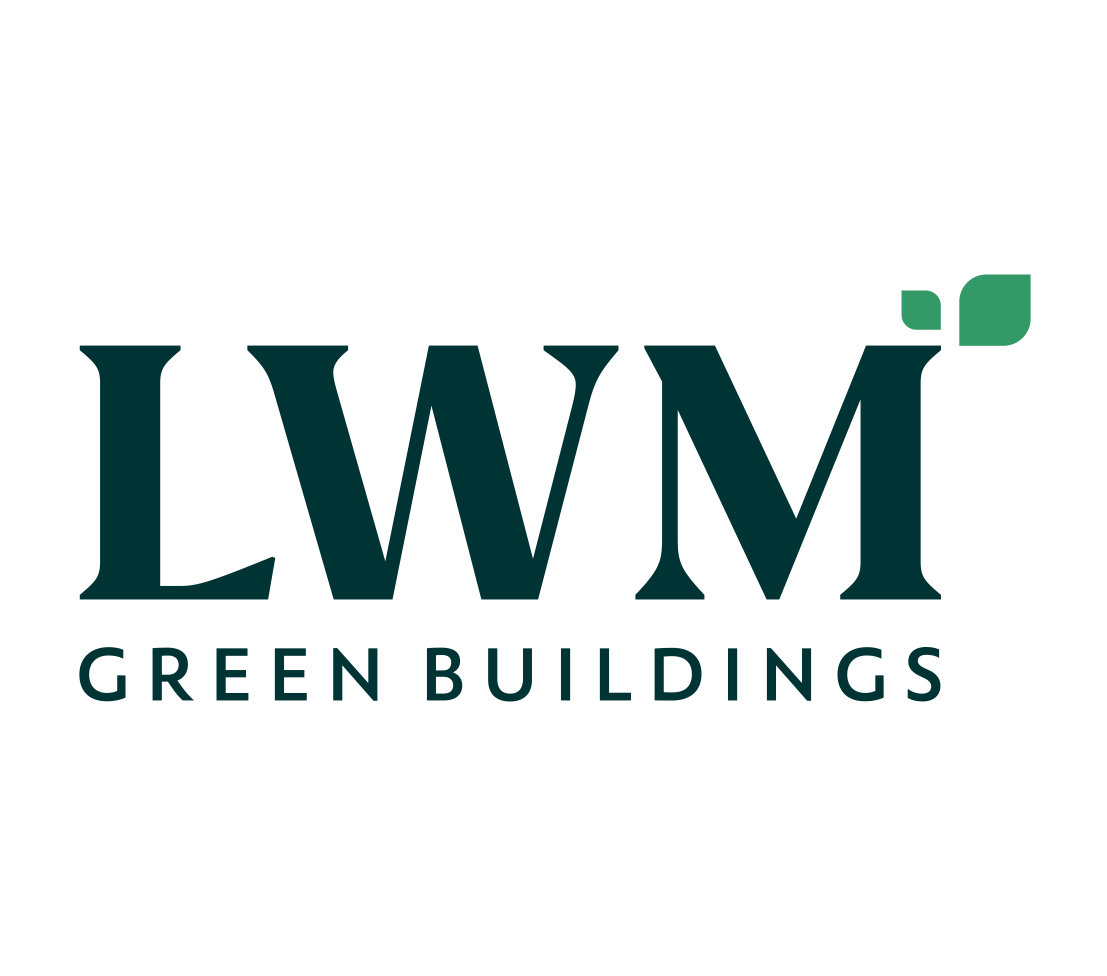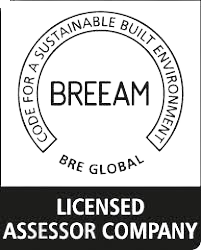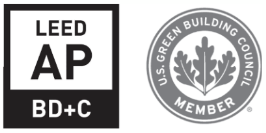Let us help you
Get you certified
LEED
Why do investors certify their buildings in LEED?

Better for business
LEED-certified buildings have a higher market value and lower maintenance costs than those without LEED certification. LEED is an important strategy for meeting ESG, decarbonisation and social equity goals.

Better for the people
LEED-certified buildings focus on improving the wellbeing of occupants, providing healthier and more fulfilling indoor spaces and nurturing the health of the community and society.

Better for the environment
LEED buildings have lower operating costs, use renewable energy, fewer resources, produce less waste and are environmentally conscious. This fits in with the ESG and social justice goals.
Rate your building
Request a pre-assessment of your building in order to define
your goal, the realistic level of LEED certification and the
the costs involved.
LEED is supported by the USGBC – the creators of LEED – and a whole industry of committed organisations and individuals who are paving the way for market transformation. The USGBC invests more than $30 million annually to maintain, operate and improve LEED and its delivery to customers.
We answer your questions about LEED
LEED certification is an international standard for assessing the sustainable design, construction and operation of buildings.
LEED certification is designed for building owners, designers and occupants who want to ensure that their buildings are sustainable and environmentally friendly.
The benefits of LEED certification include savings in energy and water consumption, improved indoor air quality, reduced environmental impact and an improved corporate image.
Categories considered in the evaluation of LEED certification include energy efficiency, water consumption, indoor air quality, materials and resources, as well as innovation and regional design.
Yes, there are four levels of LEED certification: Certified, Silver, Gold and Platinum, depending on the number of points scored in the assessment.
LEED certification can be obtained for a variety of building types, including office buildings, schools, hotels, a shopping centre and residential buildings.
The procedure for obtaining LEED certification for buildings requires certain criteria to be met in terms of sustainable design and construction. The first step is to select the appropriate rating category and then pay attention to the assessment requirements in this area. Documentation confirming that the requirements have been met should be collected, followed by a certification process with a LEED accredited certification agency. Ultimately, positively verified documents can lead to LEED certification.
To increase your chances of achieving LEED certification, pay attention to the assessment requirements and implement sustainable design solutions. It is also worth working with experienced LEED certification specialists.
The process of achieving LEED certification can be complicated due to the numerous assessment requirements, but proper planning and working with experienced professionals can help make it easier.
No, LEED certification is not required by law, but may be required by some clients, investors or local authorities as a condition for obtaining a building permit or subsidising a project.






